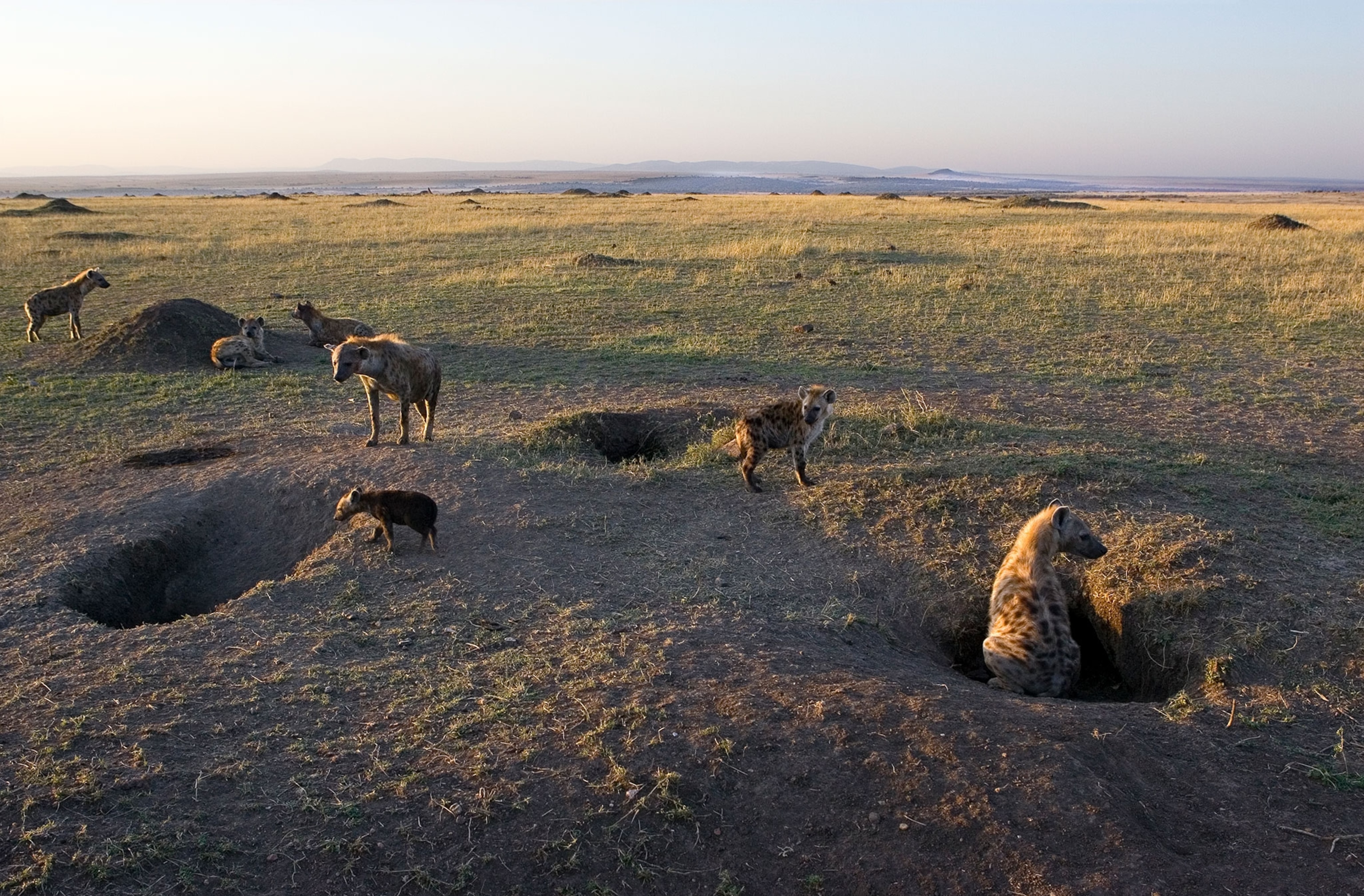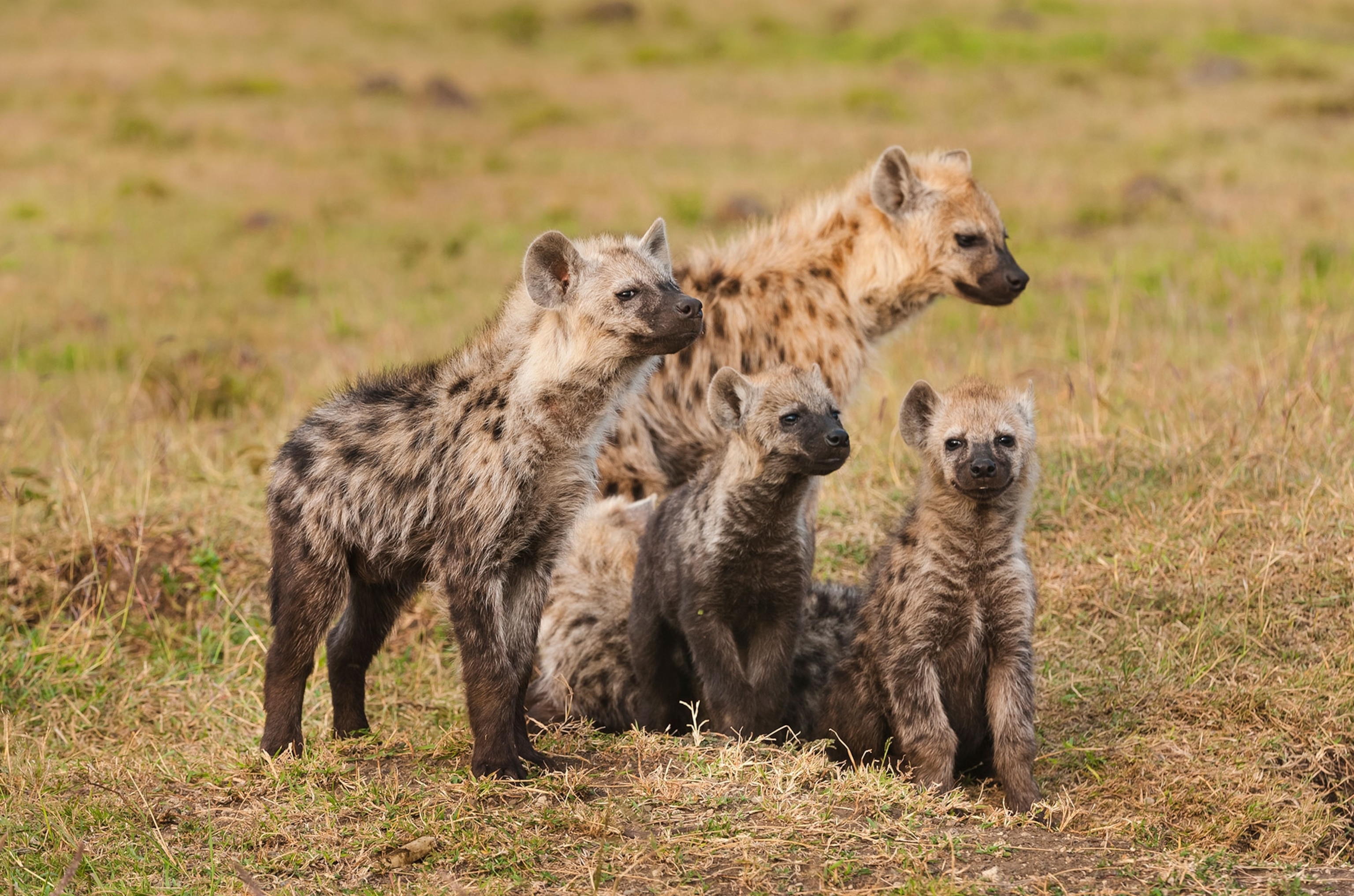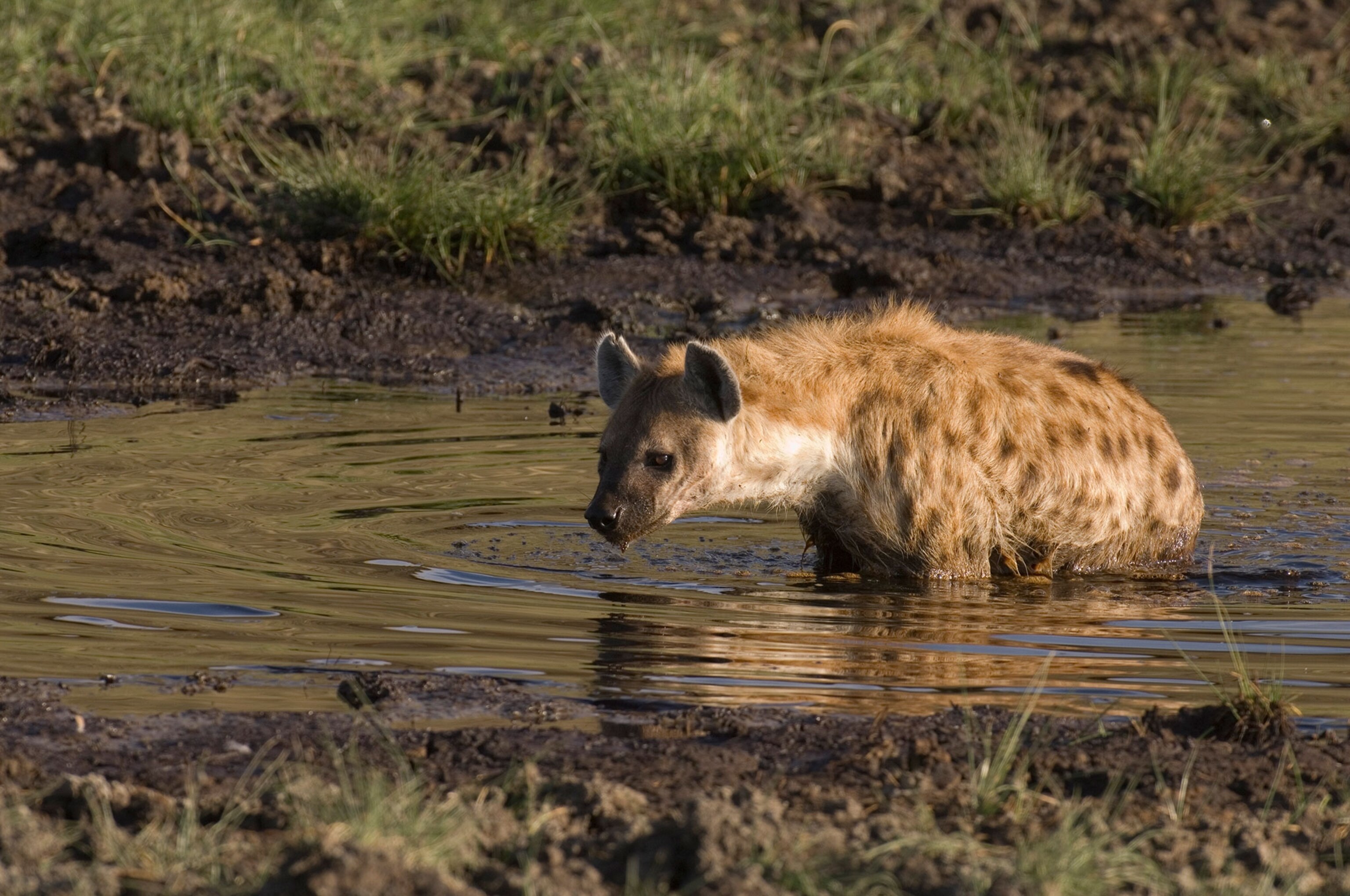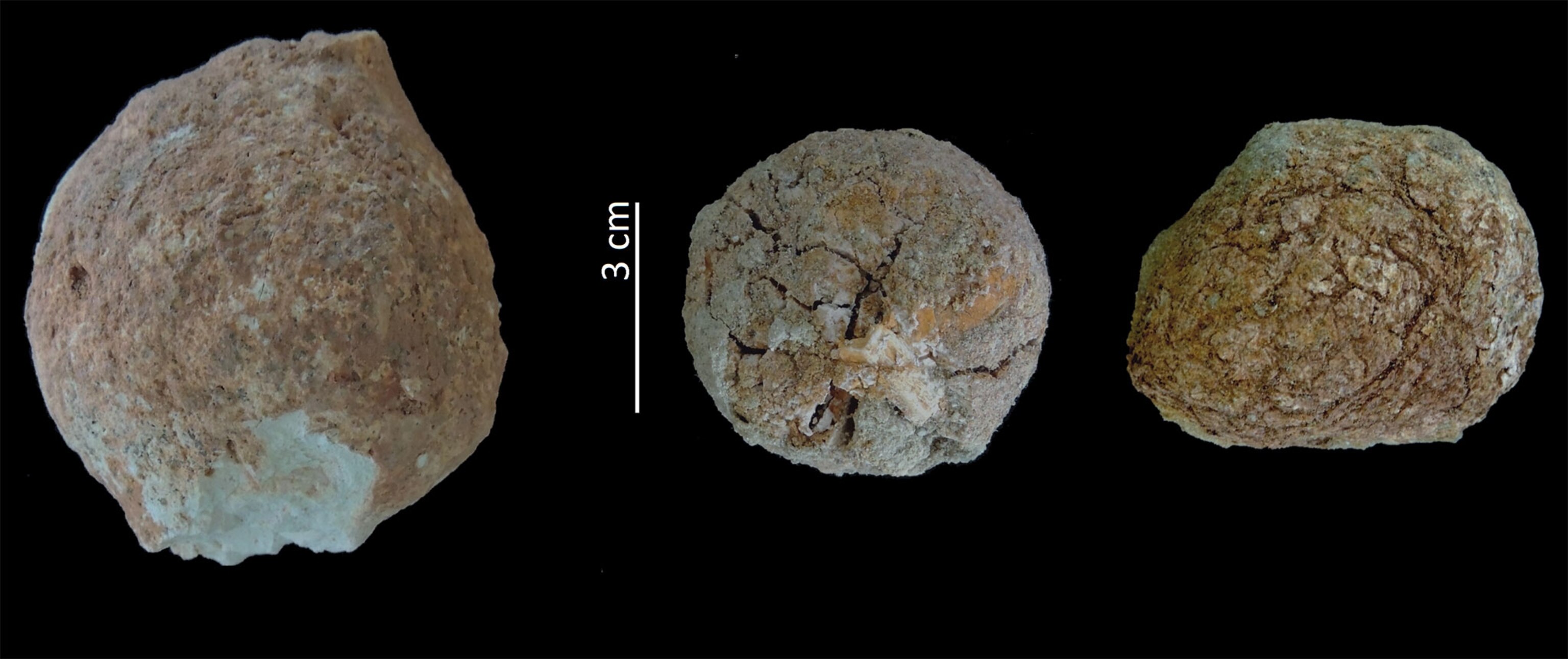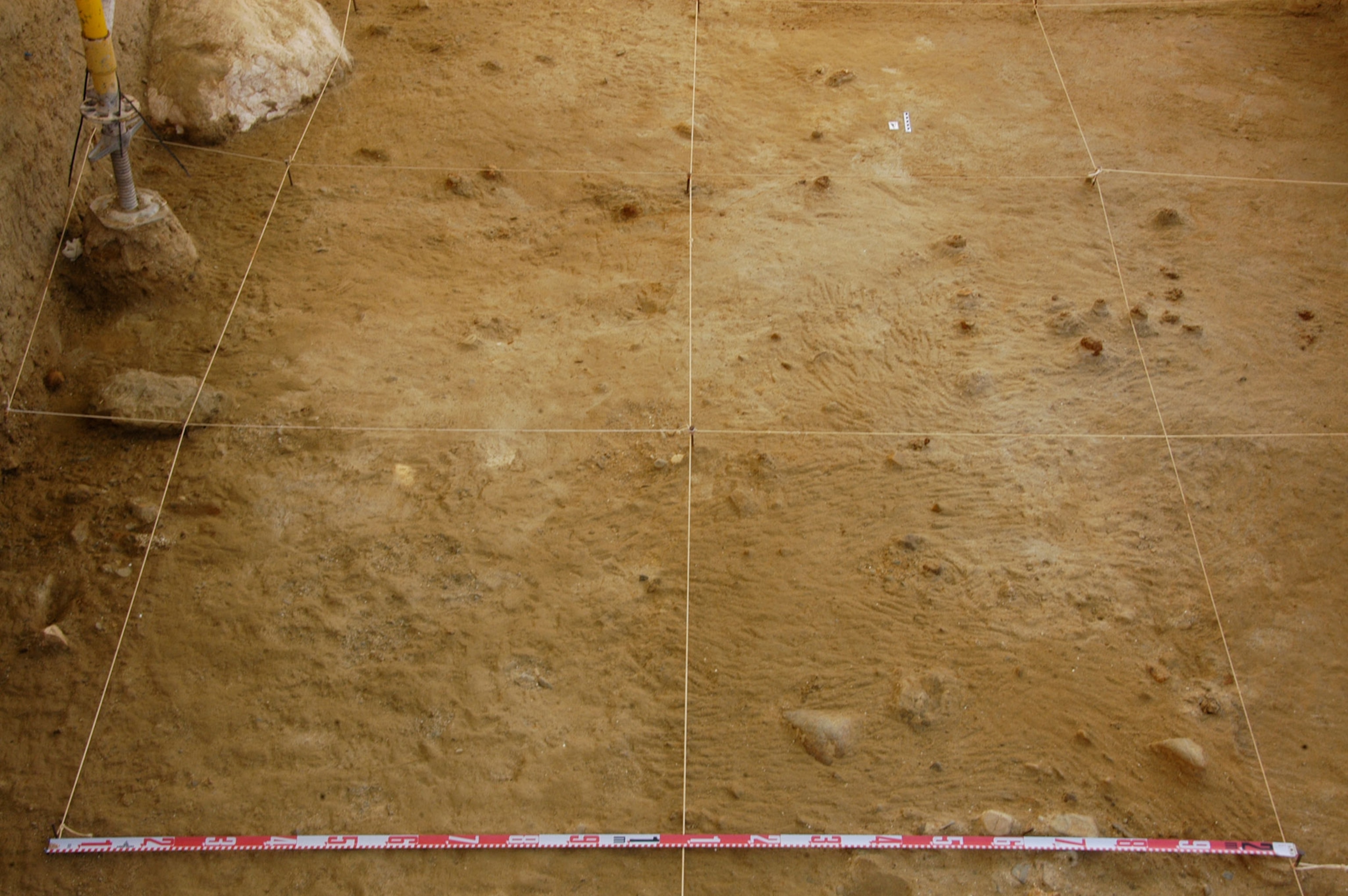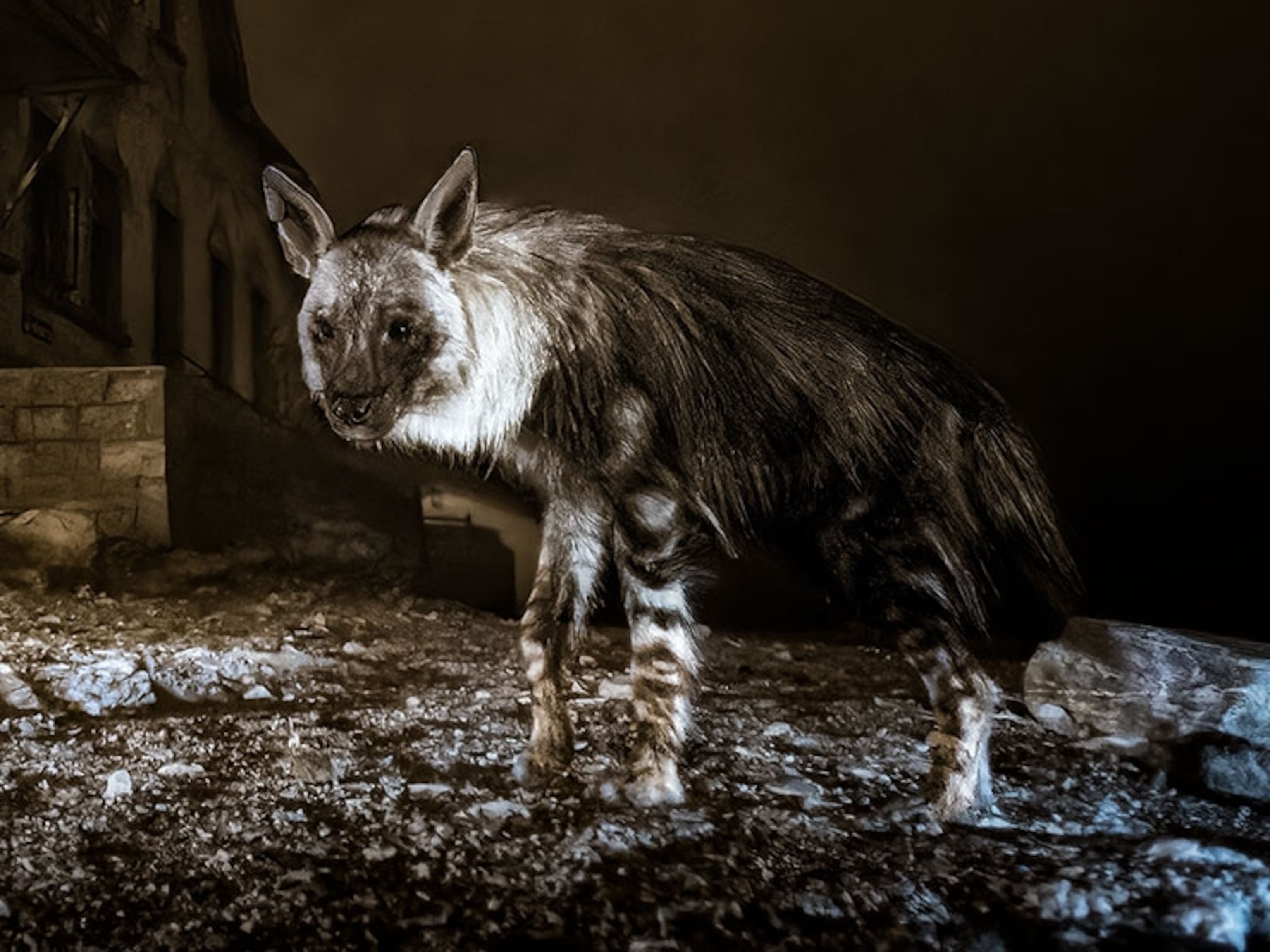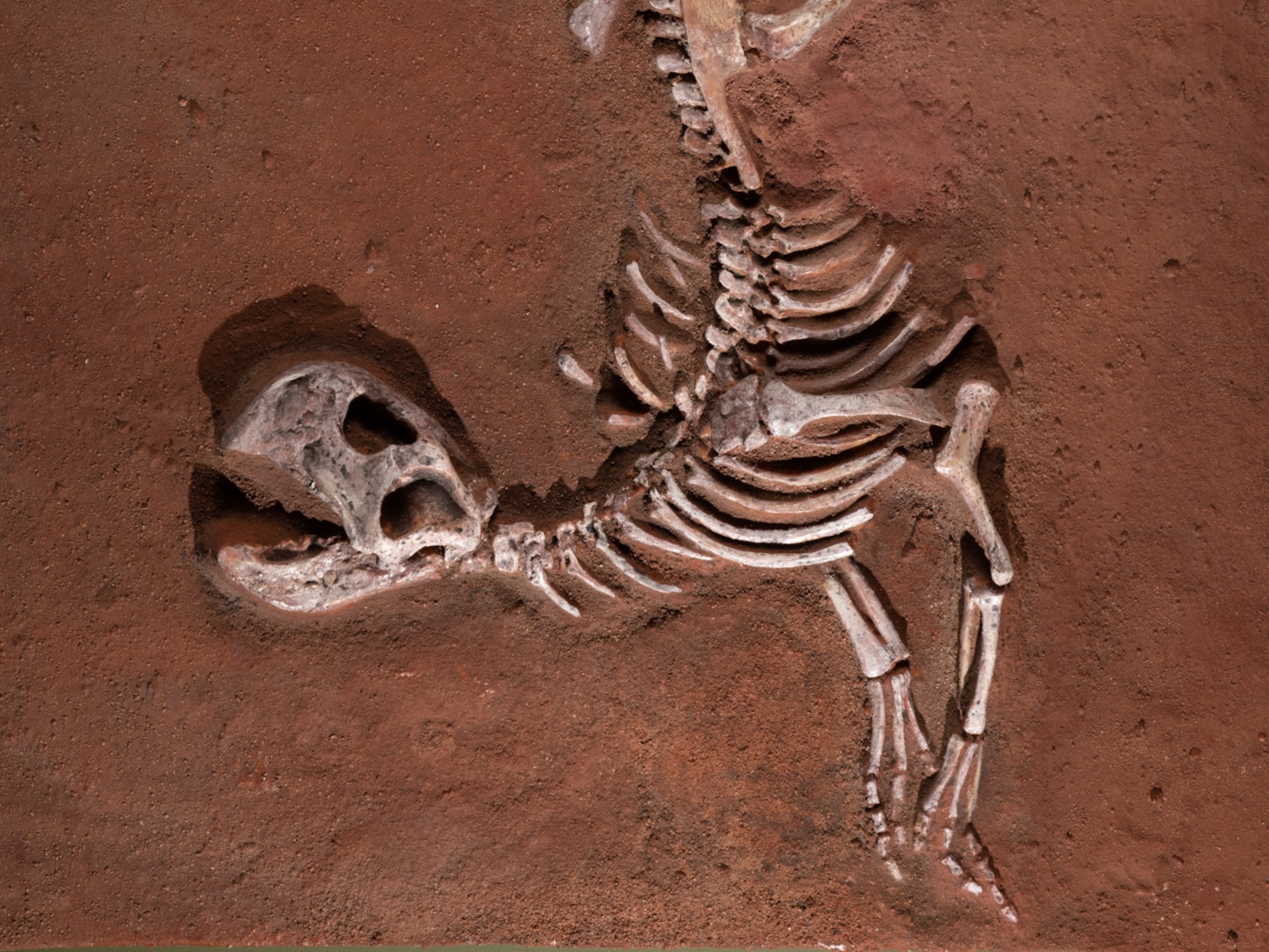Ice Age Hyenas Left Clues About These Ancient Human Sites
Piles of fossilized poop preserve intriguing information about the living conditions and habits of animals that lived a million years ago.
In a twist for archaeologists, two ancient human sites in Spain recently yielded a treasure trove of bones—packed inside mounds of fossilized hyena poop.
The million-year-old droppings are part of two hyena latrines, areas where the bone-crunching carnivores piled up their waste to mark territory and keep the rest of their habitat tidy.
The fossil feces are filled with bone fragments, fungi, and bits of plant matter, including tree and grass pollen. Together with the size and texture of the samples, the contents offer clues to the environmental conditions these sites experienced hundreds of thousands of years ago.
For instance, the appearance of these preserved poop samples—or coprolites in paleontological parlance—can hint at whether a landscape was once wet or dry, says paleontologist Martin Ezcurra at the Bernardino Rivadavia Natural Sciences Museum in Buenos Aires, Argentina, who was not involved with this study.
Sometimes, “on the surface we see desiccation cracks,” he says. “That means they were deposited in an environment that had dry conditions.” For the newly found coprolites, though, most were not cracked and, combined with the pollen types found inside, it seems this environment used to be a wet one.
THE SCOOP ON OLD POOP
Ancient poop is everywhere in the fossil record. One of the biggest samples ever found came from a Tyrannosaurus rex. Scientists have also examined Neanderthal coprolites for clues to the complex diets of these human relatives.
It’s rarer, though, for paleontologists to find a coprolite jackpot in the form of a fossilized latrine.
Antonio Pineda, a graduate student at The Catalan Institute of Human Paleoecology and Social Evolution in Tarragona, Spain, was excavating an archaeological site primarily looking for stone tools and traces of humans when he found a pile of hyena coprolites.
“We decided to stop our excavation and study the hyena latrines,” he says.
As they report in the August edition of the journal Palaeogeography, Palaeoclimatology, Palaeoecology, he and his team found scores of hyena coprolites in discrete accumulations at two archaeological sites in Spain, called Gran Dolina and la Mina. Both sites represent environments that existed around 800,000 to a million years ago. (Read about evidence for human cannibalism at Gran Dolina.)
Modern hyenas, like other carnivores such as badgers and otters, create latrines as part of their routine social behavior. The study team could easily tell that hyenas made the Spanish latrines because the carnivores are among the few mammals that regularly feast on the bones of their prey. (Read about the most ancient fossil latrines yet discovered.)
In modern environments, hyena poop is bright white from all the calcium in ingested bones. Sure enough, when Pineda and his team examined the chemical composition of the coprolites, they found very high concentrations of calcium and phosphorous.
SURPRISES INSIDE
Some of the coprolites also contain bone fragments, which can eventually be traced back to the prey species consumed, giving a clue about other animals that lived in the area at the time.
In turn, some of those prey animals carried microscopic material that was preserved in the poop and gives additional environmental clues.
“If the hyena eats a deer and the deer eats some vegetation, the pollen of the deer is also ingested,” says Pineda. He notes, for instance, that there is a lot of pine pollen in these million-year-old coprolites.
The location of the latrines also speaks to the early behavioral patterns of hyenas. Pineda’s study reveals that one of the latrines was likely in an open flood plain, while another was in a cave setting. Modern hyenas have been known to use both types of locations for their latrines, probably preferring a sheltered cave if it is available.
Further study of the hyena latrines may yield other intriguing information about ancient animal populations, Ezcurra adds.
“In the communal latrines that we have studied, there are coprolites of varying sizes, which means it was used by animals of different ages,” he says. “It can give information about the dynamics and composition of populations.”
Follow Shaena Montanari on Twitter.

